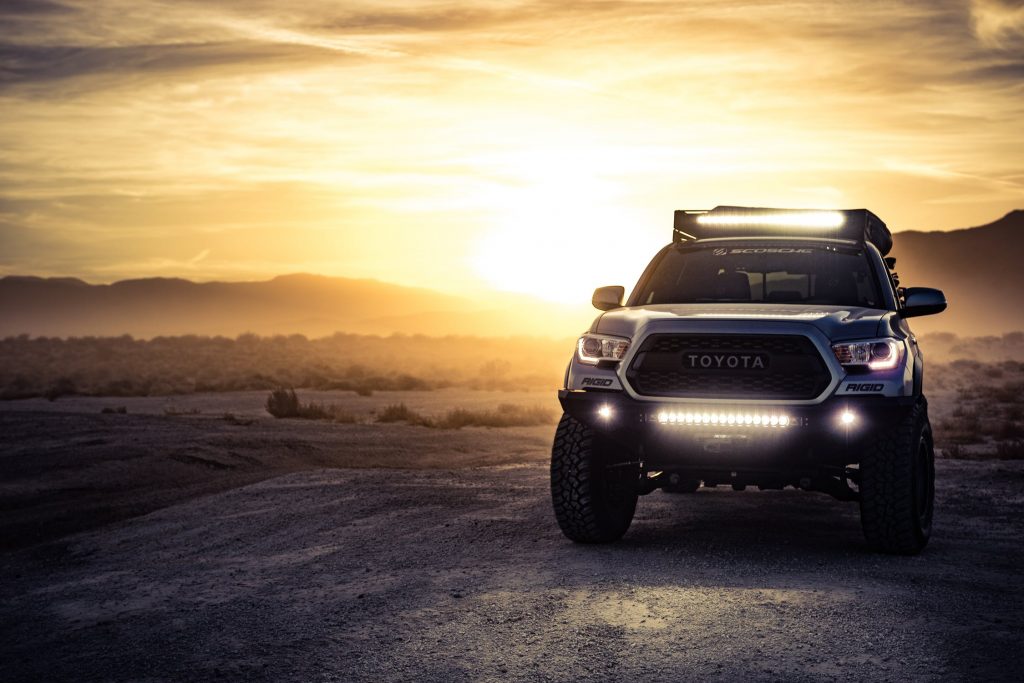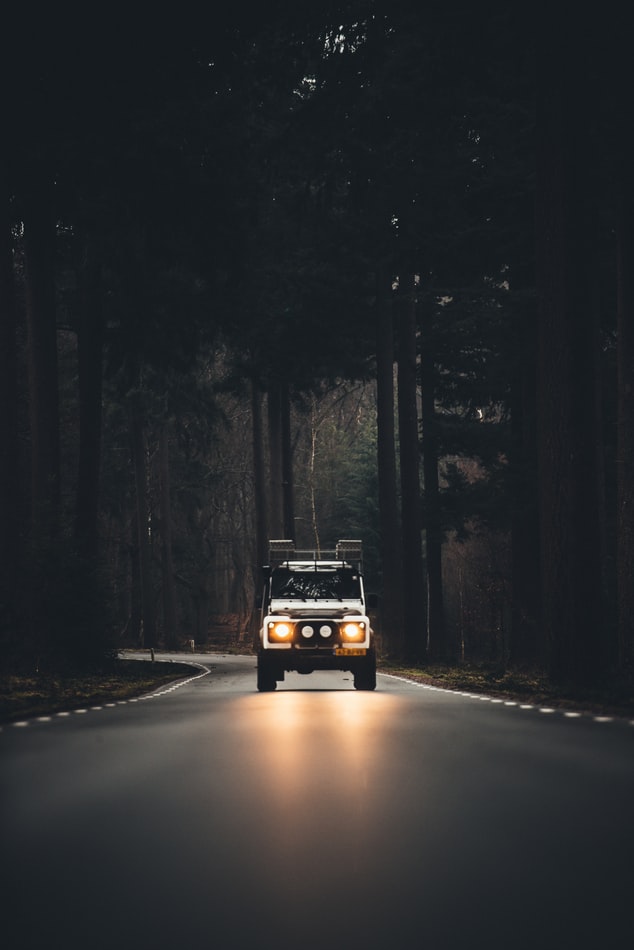Driving at night in the Aussie bush? It’s all part of the excitement of off-roading. But only if you know that your 4WD lights will keep you safe out there.
So, which driving lights do you choose for your 4WD adventure?
Here’s what you need to know about the three main types of 4WD light technologies:
1. Halogen
Halogen lights are the oldest type of 4WD lights. They work like normal incandescent light bulbs except for a few details: they last longer, shine brighter and are vibration resistant. They tend to be the least efficient 4WD light technology out there.
You can choose from different wattages – 55 watts or 100 watts are the most popular for 4 wheel driving adventures. The higher the wattage, the brighter the lights. Just beware that they draw more current to operate.
2. LED
LED lights blend performance, durability and affordability. They are tough and compact, making them ideal for off-roading. They are so long-lasting, in fact, a typical LED 4WD light can last an incredible 50,000 hours.
LED lights are incredibly energy efficient, drawing less power than halogen lights. This is perfect if you’re heading off-road for a few days or driving a long distance in the dark.
So, what’s the catch?
You need to stretch your budget more for LED driving lights than if you choose the halogen equivalent. But you’ll forget the damage to your hip pocket when you venture onto those 4WD tracks in the dark with 100% confidence.



Here Are The Best 4WD Accessories In Australia
3. HID’s
Short for High-Intensity Discharge, HID’s are also known as “Xenon” lights. They use the inert noble gas, Xenon, inside the bulb. When a charge is passed through, the gas creates an arc of light between two electrodes.
Until now, HIDs have been an expensive option for many 4×4 drivers. But they are finally coming down in price and improving in performance.
They are more robust than halogen and LEDs, and more powerful too. By comparison, HID lights are around 2.5 times more powerful than a similar halogen.
HIDs draw a lower current than halogen lights and can produce a white-hot beam, just like LED lights. However, they can take a few seconds to get to full brightness – not great if you’re in a hurry.
Another disadvantage of HID lights? They cannot run off a low-voltage DC current – they need an ignitor and ballast. Depending on the model, some HID lights have all this built into the housing, but others require you to install an ignitor and ballast bar mount on your vehicle. And more parts mean more chance of things going wrong.
So Which Light Should You Get?
It depends on your budget and how you plan on using them. For a great all-rounder, you can’t go wrong with LEDs. They might be pricier, but the advantages in terms of performance, durability and aesthetics mean they are worth the investment. If it’s high power you want, HID lights are a solid pick, so long as you can deal with the installation.
For more off-roading guides, reviews and how-to’s subscribe to OneAdventure today!
If you’re looking to upgrade your caravan, camper, boat or 4WD, get a 30 second quick quote on finance with CreditOne – Australia’s best rated finance broker.



